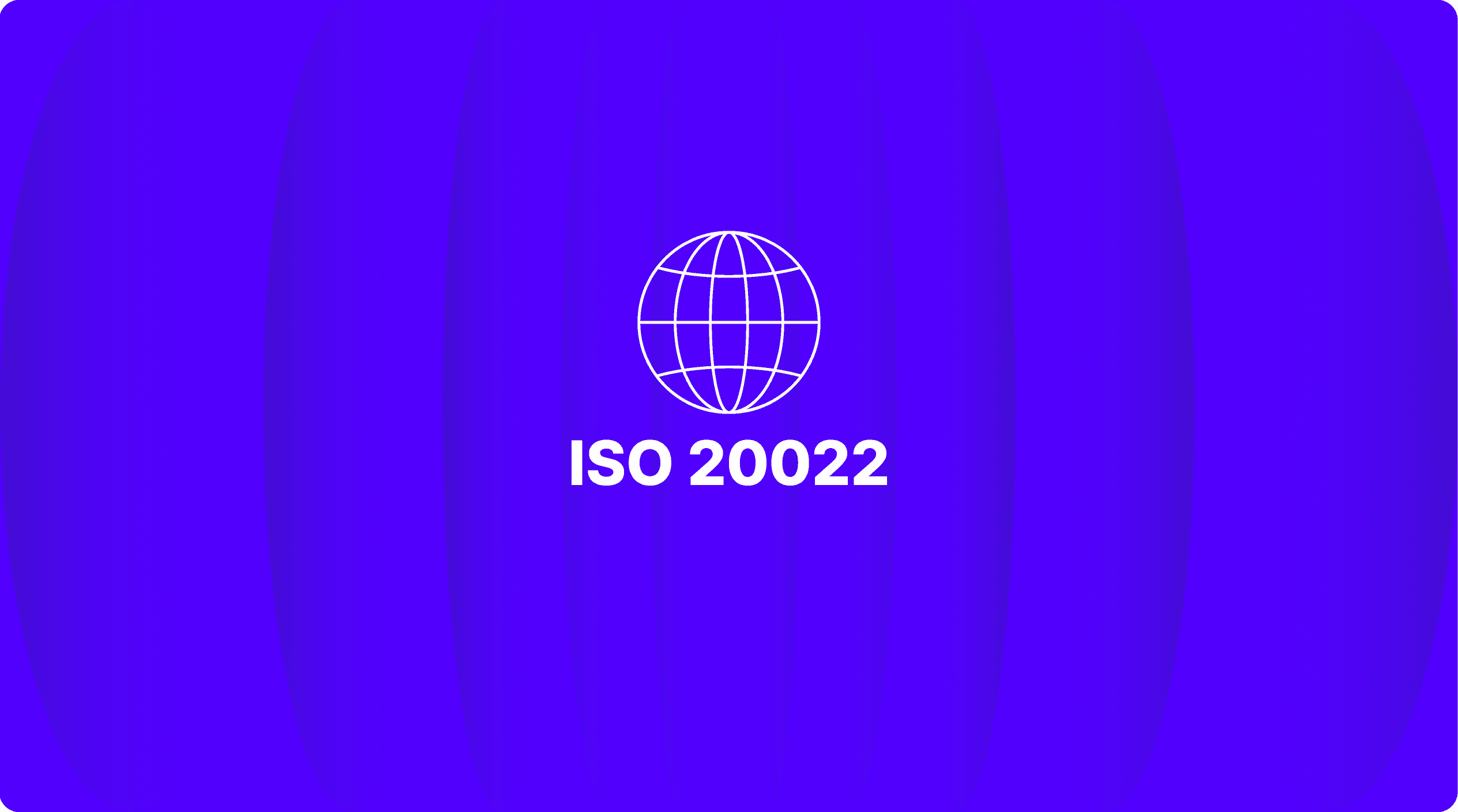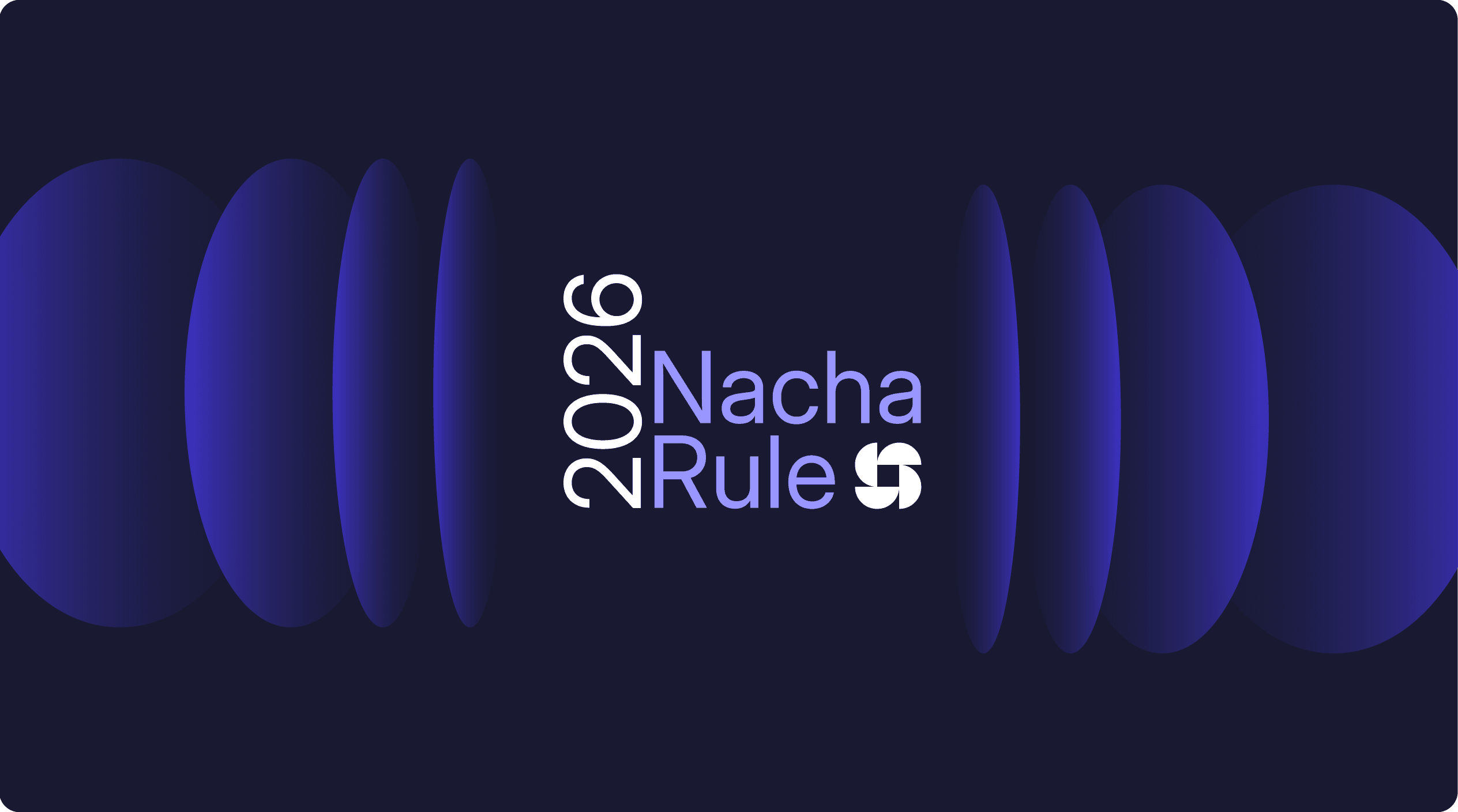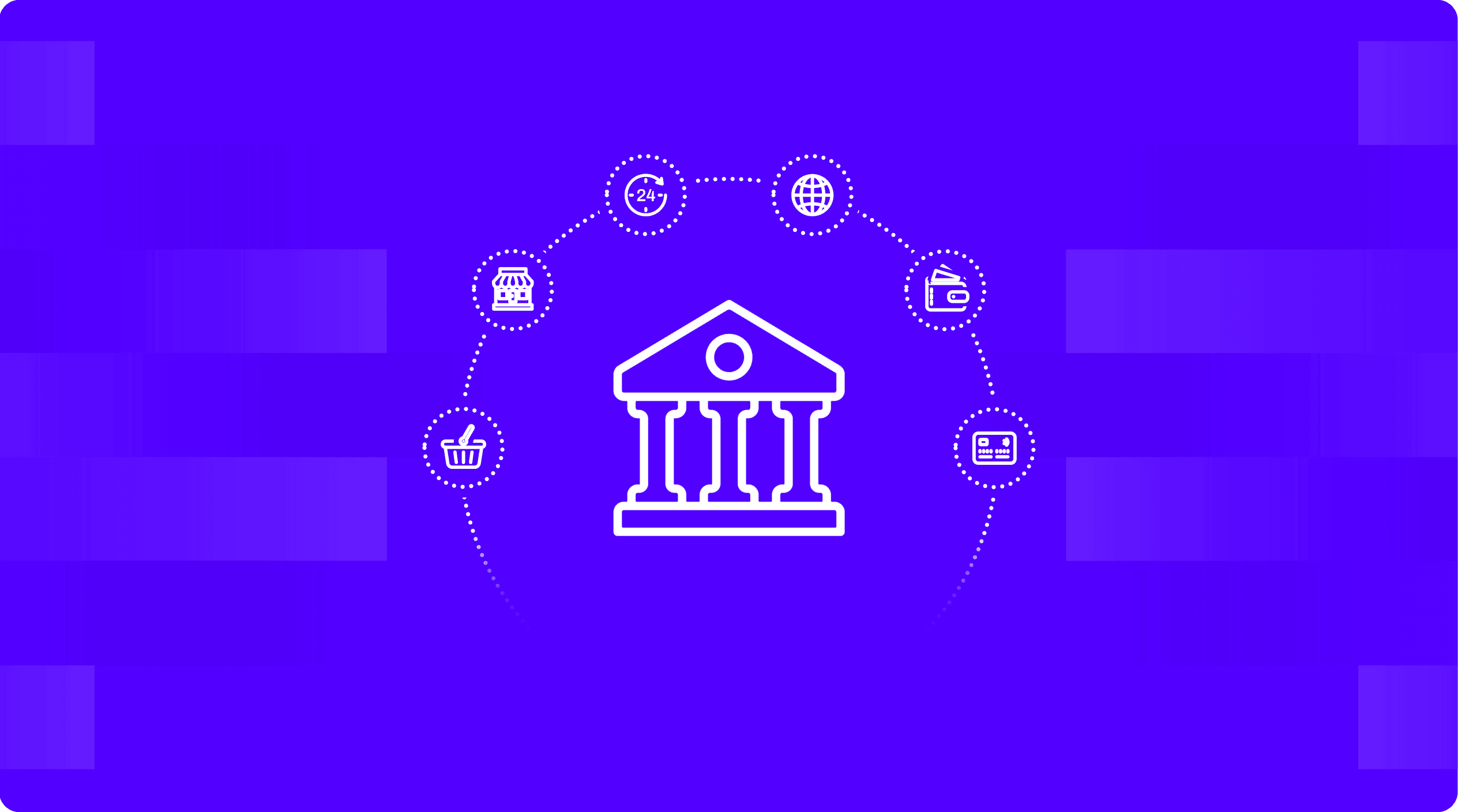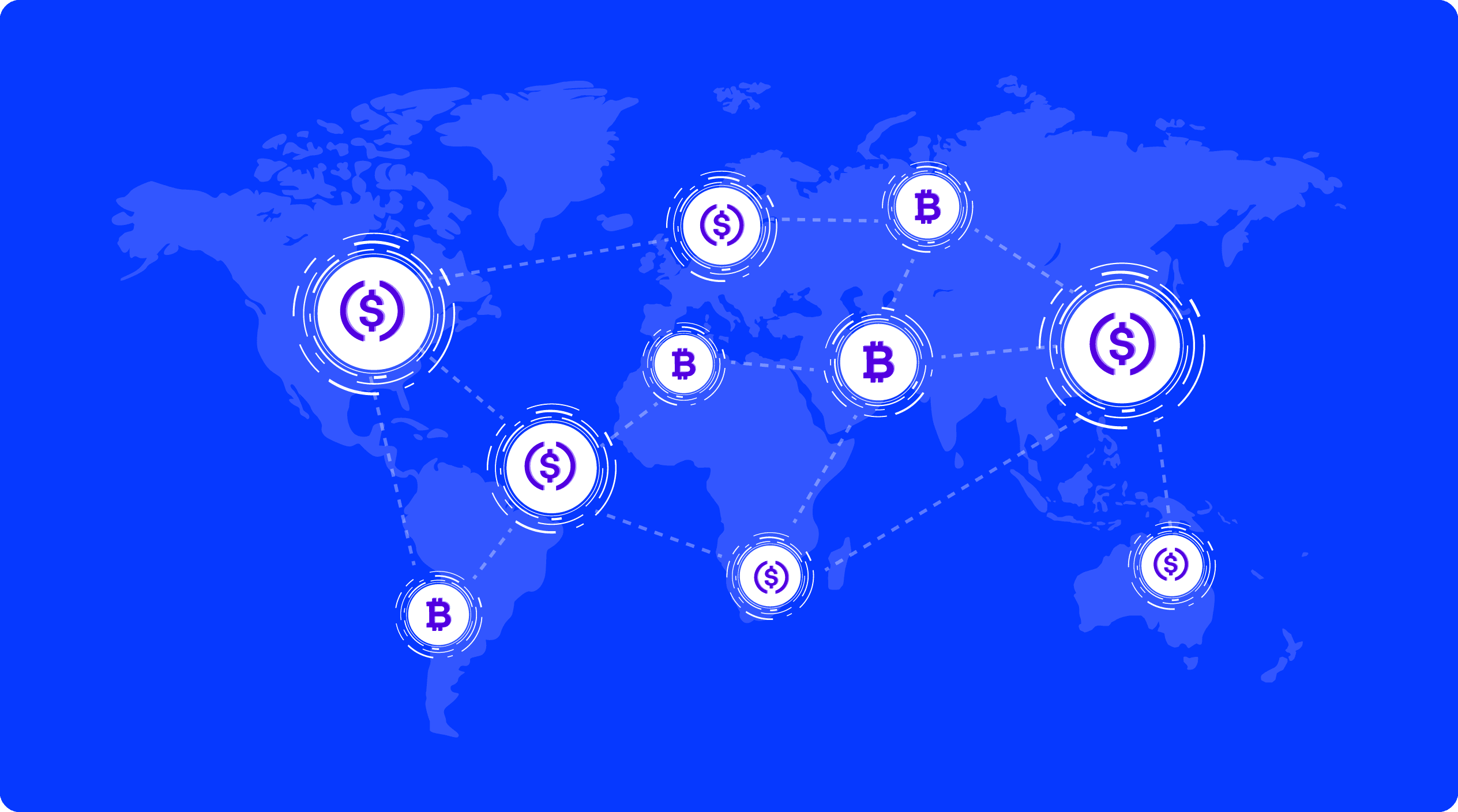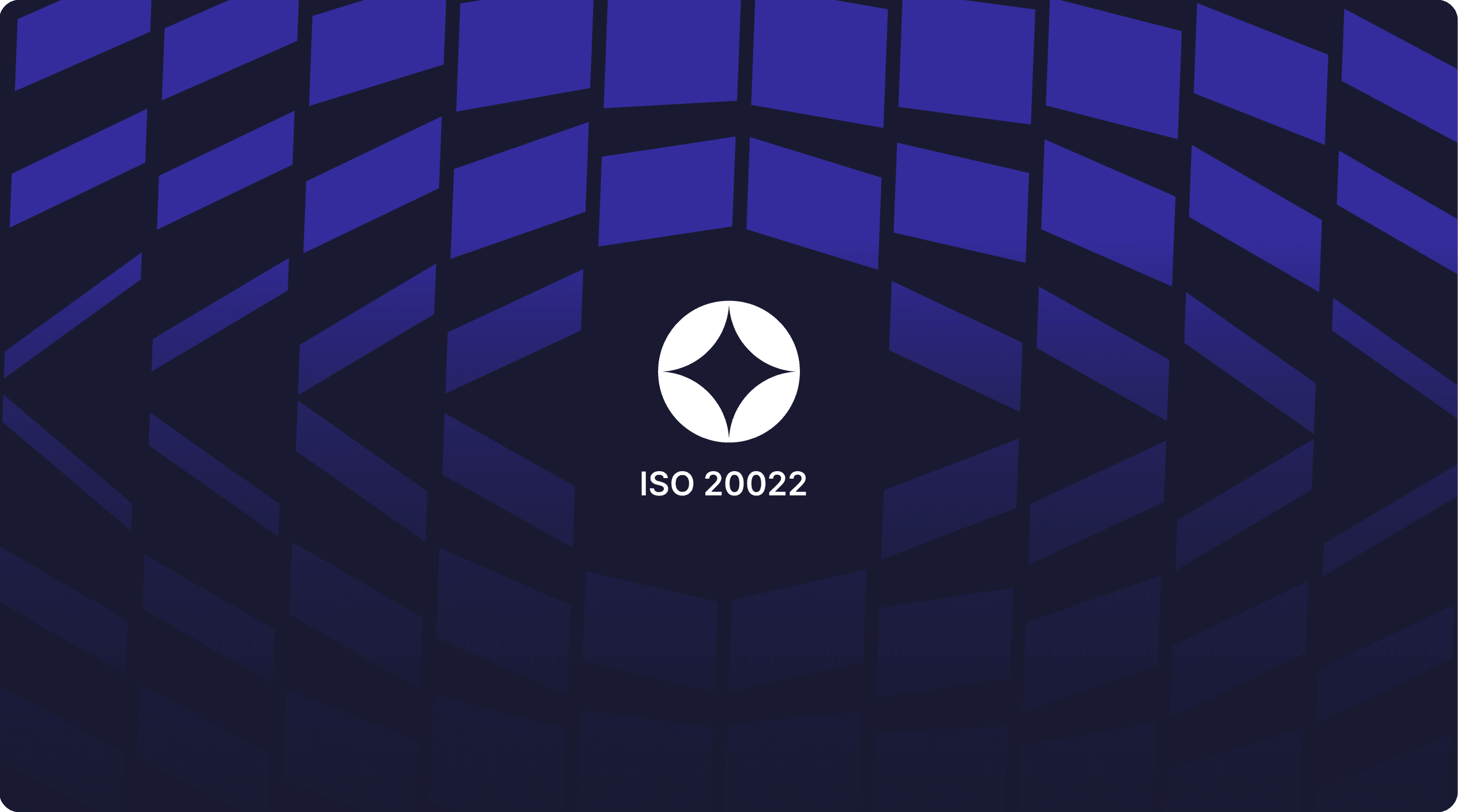5 Payment Modernization Trends to Watch in H2 2025
As 2025 hits the halfway mark, the gap between legacy operations and modern payment demands is becoming impossible to ignore. For financial institutions, it’s a make-or-break moment - adapt, or risk being caught on the back foot. At Finzly's recent Finzpire 2025 conference, CEO Booshan Rengachari highlighted how the pace of change is accelerating, noting that "banking today is not going to be what it is going to be tomorrow." Here are five key payment trends that will define the remainder of 2025.
1. Payment Orchestration Is No Longer Optional
As volumes surge across RTP, FedNow, ACH, wires, and other rails, orchestration acts as a centralized command layer - intelligently routing payments, applying consistent rules, and ensuring every transaction is tracked, monitored, and reconciled in real time. Instead of managing each rail in isolation, banks gain a unified view and operational model. This means fewer handoffs, faster exception handling, better fraud oversight, and the flexibility to scale as new rails and payment types emerge.
A payments orchestration layer delivers critical benefits: consolidated fraud detection, consistent customer experiences, and dramatic operational efficiencies. “Payment orchestration is becoming the backbone of efficient payment operations,” said Dean Nolan, Head of Product for Payments at Finzly. “We’re enhancing orchestration capabilities across all payment types and giving bankers greater control through self-service reporting and customizable dashboards so they can fully leverage the power of orchestration to streamline oversight and drive performance.” FedNow transactions are growing at 43% quarter over quarter, while RTP processed 100 million transactions worth $163 billion in Q1 2025 alone. As real-time payments volume across RTP, FedNow, and other rails skyrockets, financial institutions without payment orchestration will struggle to manage this complexity and scale effectively.
2. "Surround and Shrink" - The New Approach To Legacy Modernization
Large banks face a seemingly impossible challenge: modernize decades-old payment infrastructure without disrupting critical services. A traditional approach carries too much risk, leading to paralysis.
Finzly's "Surround and Shrink" strategy offers a compelling alternative. "Everyone recognizes the problems, but no one wants to rip and replace," notes Rengachari. "So what's the path forward?"
This methodology allows banks to implement a parallel payment processing platform while gradually migrating functions from legacy systems. This reduces risk while enabling banks to quickly deploy new capabilities through microservices architecture. Dean Nolan describes it as "taking bits and pieces of that solution and migrating it over time... until you're left with a small chunk you can digest in one bite."
Recent system outages at major banks underscore the urgency of modernization. American Banker recently reported on a legacy outage that affected numerous financial institutions, while Capital One suffered a four-day outage in January 2025. These incidents highlight the vulnerability of aging infrastructure in an increasingly real-time economy.
3. AI Transforms Payment Operations
Artificial intelligence is rapidly transforming how financial institutions approach their payment operations. Technology is moving beyond theoretical use cases to deliver tangible benefits across the payment lifecycle.
Industry leaders are monitoring developments in this space closely. "AI is going to be the future, doing things better," notes Rengachari. The most promising applications focus on operational efficiency, compliance, and turning payment data into actionable intelligence.
As AI capabilities mature, banks are exploring ways to reduce manual interventions, enhance fraud detection, and extract valuable insights from payment flows. The technology shows particular promise in streamlining compliance processes, where rules-based systems often generate excessive false positives that require human review.
As ISO 20022 data standardization takes hold, the potential for AI to extract insights from enriched payment data will create new opportunities for financial institutions that view their payment data as a strategic asset.
4. Stablecoins Enter The Mainstream
While crypto has faced skepticism in banking circles, regulated stablecoins are gaining traction as a legitimate payment rail with compelling use cases, particularly for cross-border transactions.
"Stablecoins will make huge transformations in the way payments are processed," Rengachari predicts. Industry participants are monitoring developments in this space, exploring how these digital assets might complement traditional payment rails.
Recent regulatory developments are accelerating this trend. The GENIUS Act, which sets clear guidelines for digital asset regulation, has gained important industry support. Meanwhile, banking pioneers like Vantage Bank have already launched tokenized bank deposits used for fast cross-border business payments.
5. Payments As A Profit Center, Not A Cost Center
Perhaps the most significant shift is in how financial institutions view payments strategically. Rather than treating payments as a necessary utility, forward-thinking banks are recognizing them as a source of competitive advantage and revenue growth.
According to Accenture, leading banks that successfully modernize their payment operations can enjoy substantial value - an estimated $14 billion globally. This comes through simultaneously addressing innovation and managing technical debt, allowing these institutions to turn what was traditionally a cost center into a profit-generating engine. By integrating FX capabilities within payment flows, banks can offer competitive rates while maintaining control of the customer relationship.
Rengachari noted a surge in demand from banks eager to compete not just in payments, but also in the FX space. “Banks are coming to us asking, ‘How can we create non-interest income by offering competitive pricing that drives fee revenue?’” he said. “Our technology is designed to help them tackle exactly those questions.”
Payment volumes are rising across all rails, and banks are at a crossroads: update their payment systems or risk falling behind. Fintechs like Stripe are moving quickly - processing
$1.4 trillion in 2024, up 38% from the year before - and Mercury is growing steadily, adding hundreds of thousands of customers.
The good news? Solutions exist today that enable modernization without overwhelming risk. As Rengachari puts it, "The future is not predictable. But we can define our future the way we want it to be."
Banking today is not going to be what it is going to be tomorrow.
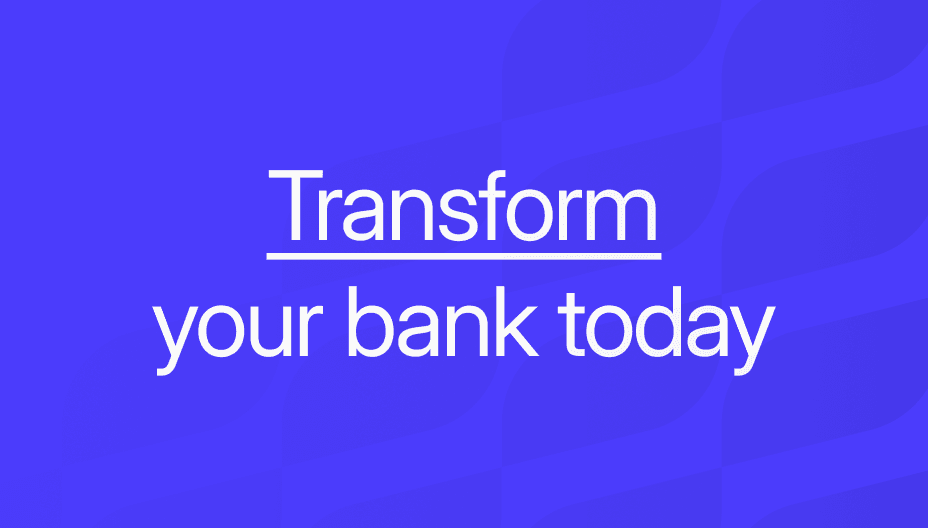
Get the monthly newsletter
Get the Finzly edge through our insights

